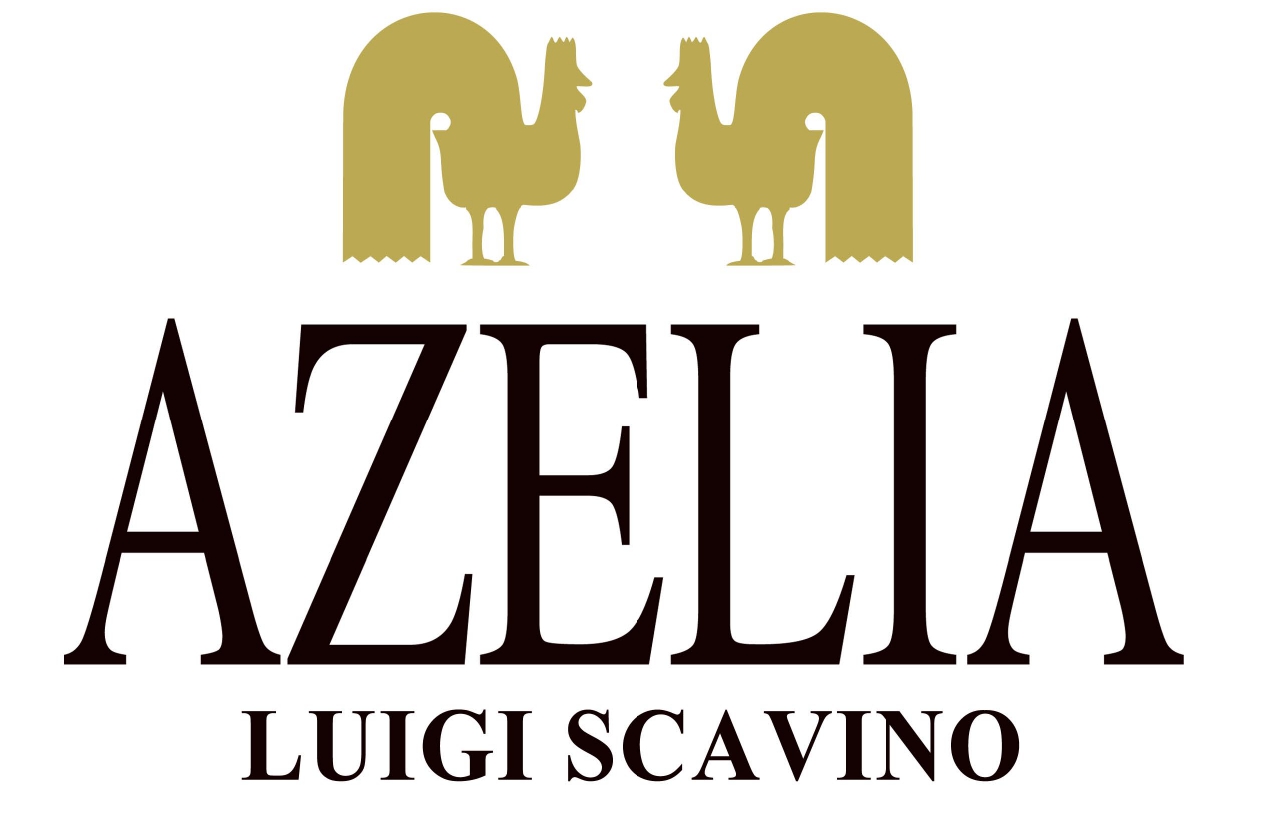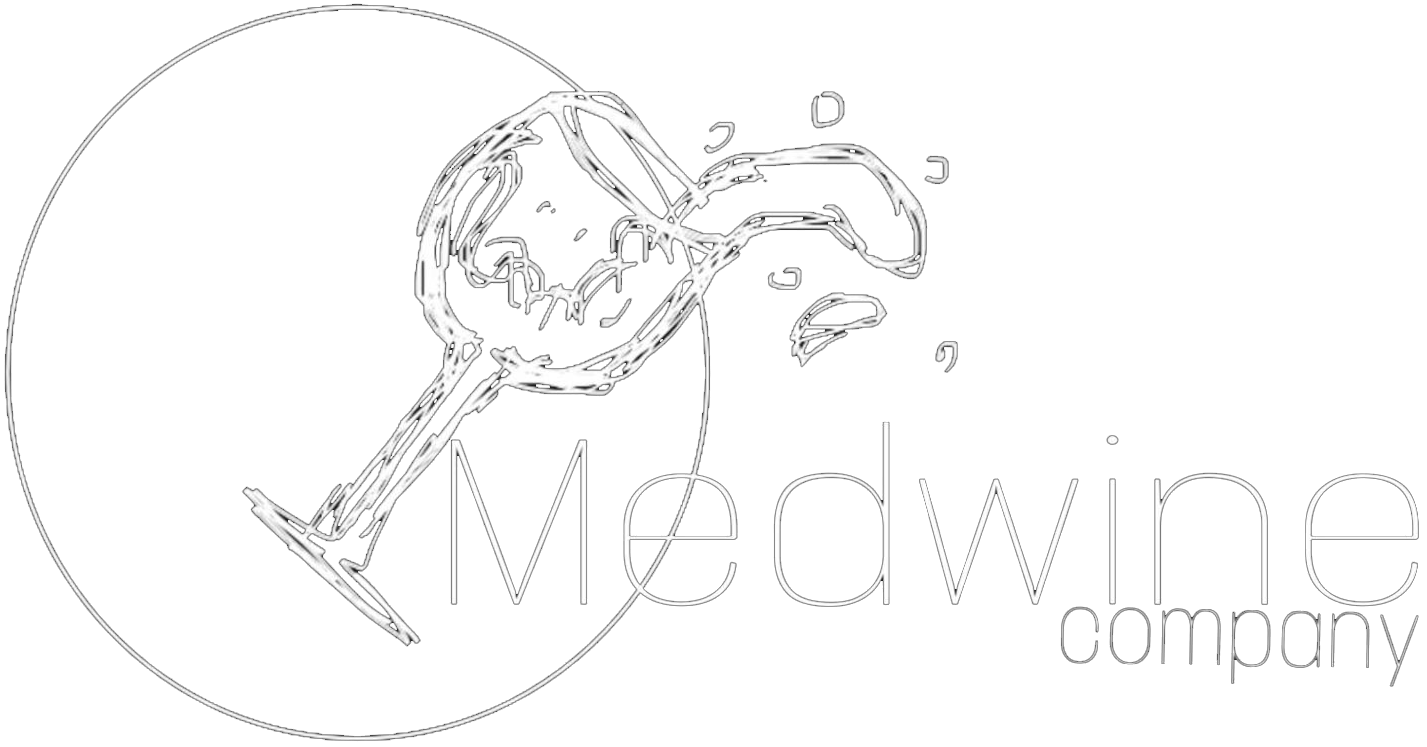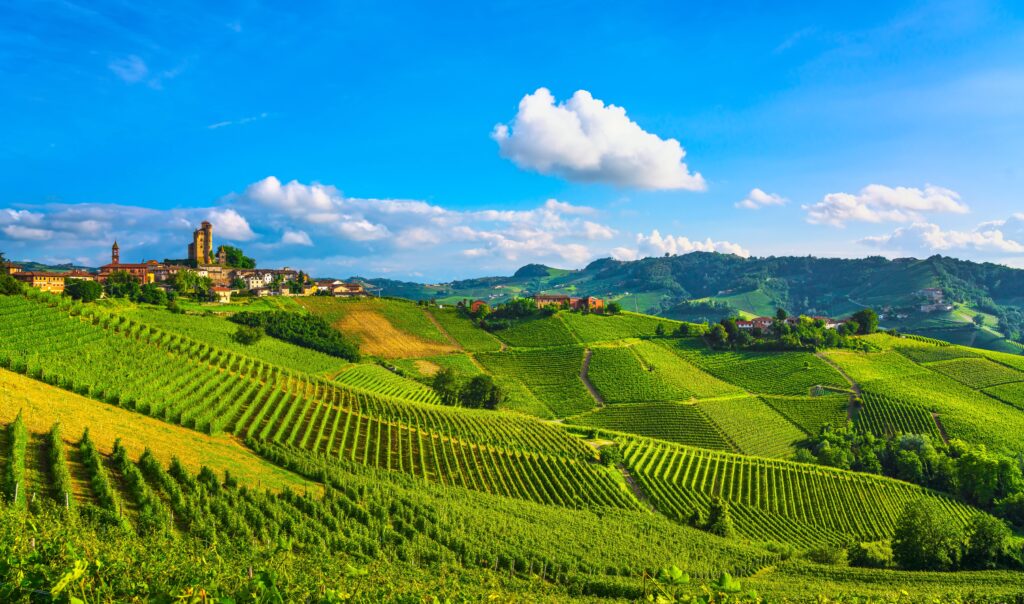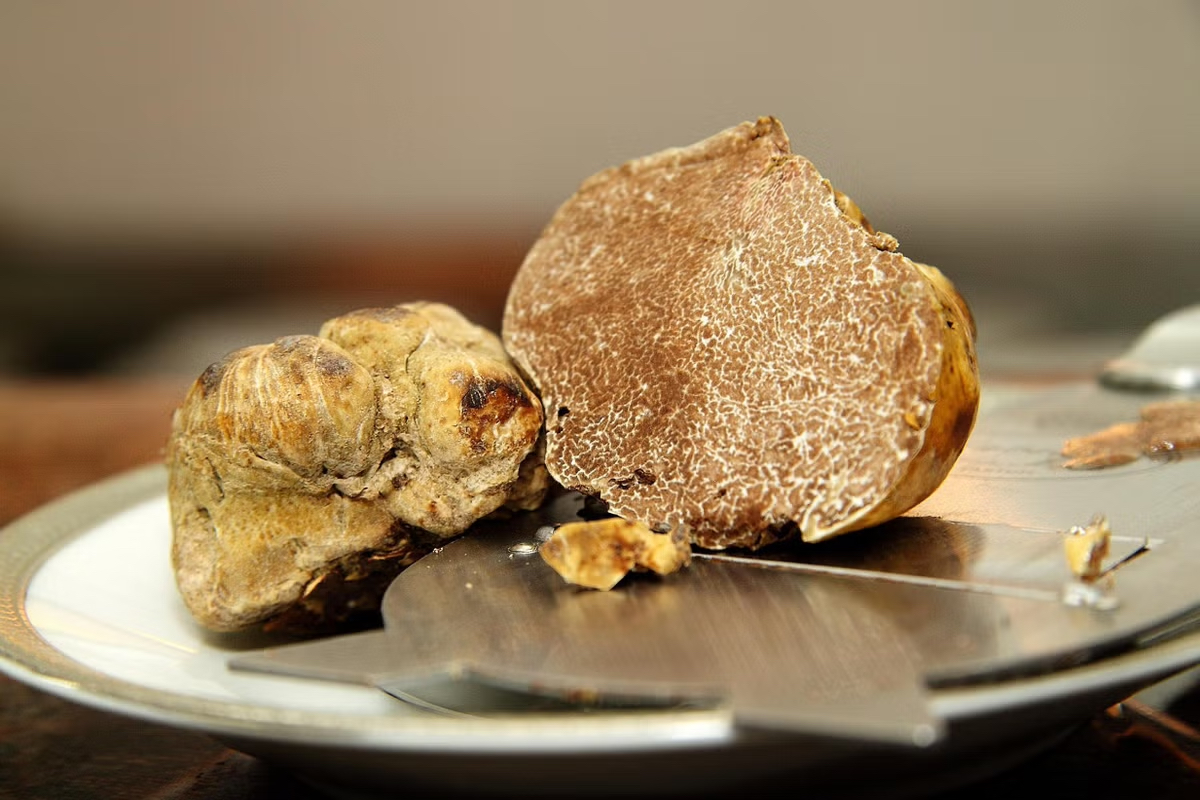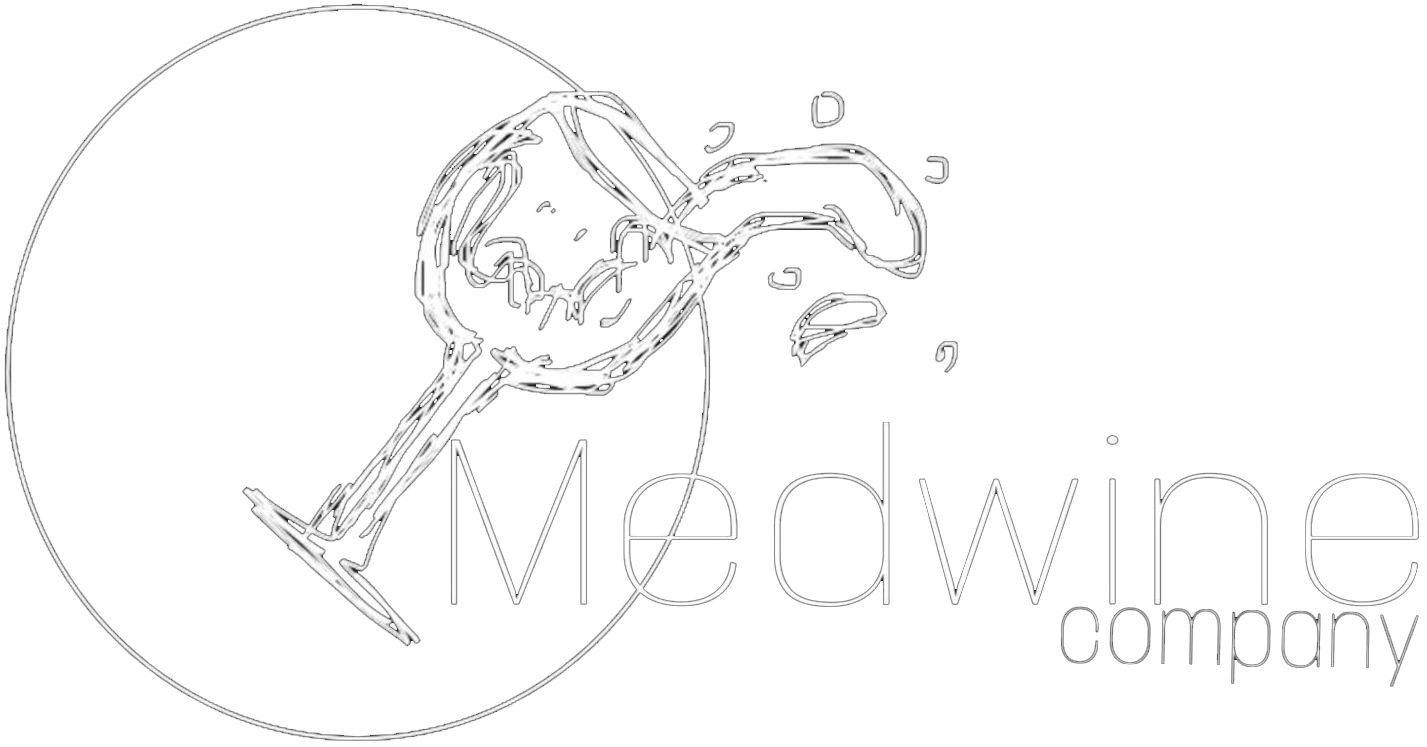Nestled in the heart of the Piedmont region in northwestern Italy, Langhe stands as a testament to Italy’s rich viticultural and culinary legacy. This UNESCO World Heritage site, characterized by its rolling vine- covered hills, is not just a hub of world-class wines but also a crucible of history, unique geographical features, distinct geology, and sumptuous food.
Nestled in the heart of the Piedmont region in northwestern Italy, Langhe stands as a testament to Italy’s rich viticultural and culinary legacy. This UNESCO World Heritage site, characterized by its rolling vine- covered hills, is not just a hub of world-class wines but also a crucible of history, unique geographical features, distinct geology, and sumptuous food.
History: The history of Langhe is as rich and complex as the wines it produces. The region, having been settled since ancient times, witnessed the ebb and flow of various civilizations, including the Ligurians, the Romans, and the Lombards. Over the centuries, Langhe, due to its strategic location, became a sought-after territory, resulting in numerous battles and shifts in dominion. But through these tumultuous times, one constant remained: the cultivation of vines, a tradition dating back to the Romans, if not earlier.
Geography: Langhe’s geographical charm lies in its sweeping landscapes dotted with medieval towns. Located to the south and east of the river Tanaro, its terrain is predominantly hilly, providing the ideal canvas for its renowned vineyards. These hills protect the vineyards from harsh weather, while the river microclimate assists in the perfect maturation of grapes.
Geology: The soil of Langhe is a significant factor behind its wine supremacy. The region’s geology comprises calcareous clay marls, interspersed with sand and silt. This composition is the result of ancient sea sedimentation followed by tectonic uplift. The permeability and richness of the soil not only ensure robust vine growth but also impart a unique minerality to the wines.
Food: Langhe is as much a culinary paradise as it is a wine mecca. The white truffle of Alba, one of the world’s most sought-after and prized gastronomic treasures, hails from here. Traditional dishes like “tajarin” (thin egg pasta) and “agnolotti del plin” (pinched ravioli) are laced with butter and truffles, embodying the richness of Langhian cuisine. Hazelnuts, too, are a regional specialty, celebrated globally through products like Nutella. Moreover, cheeses such as Toma and Robiola add to the region’s dairy delights.
Wine: Langhe’s global reputation in the wine arena is unparalleled. The region is home to Italy’s most iconic wines, Barolo and Barbaresco, often referred to as the “King” and “Queen” of Italian wines respectively. Made from the Nebbiolo grape, these wines are cherished for their depth, longevity, and complexity. However, the region’s viticultural prowess isn’t limited to reds. Wines made from Dolcetto and Barbera grapes offer a more approachable, fruit-forward profile. Additionally, the white Arneis and Moscato d’Asti showcase the region’s diversity and adaptability in winemaking.
WINERIES
